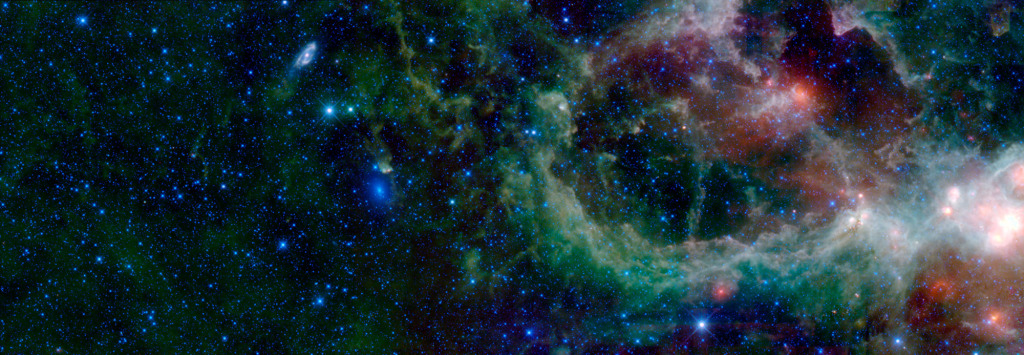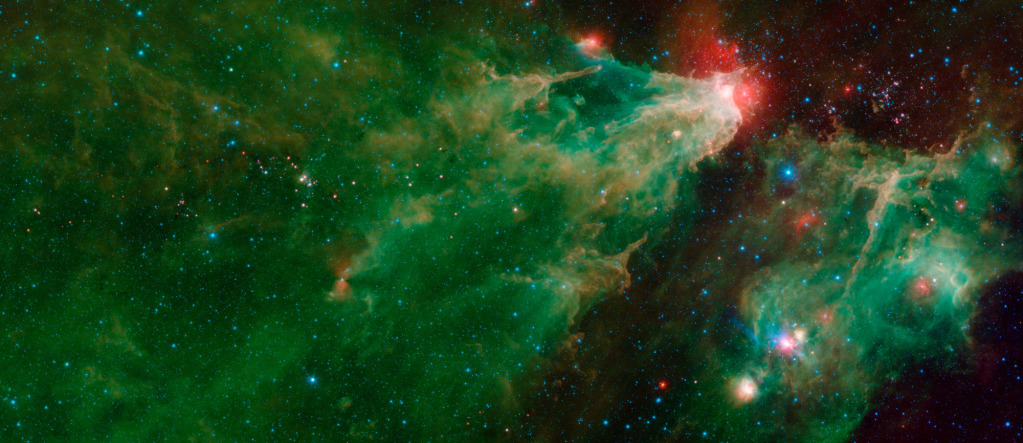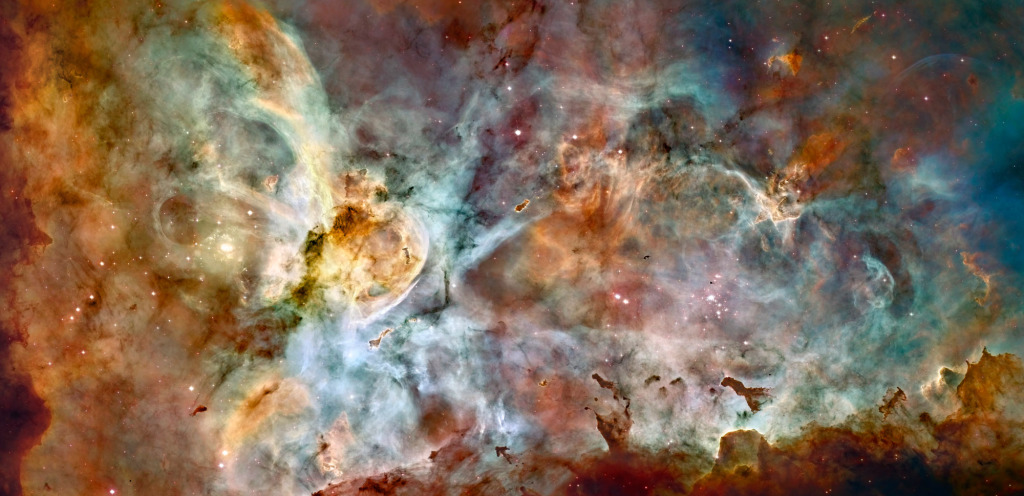Eta Carinae Nebula, Hubble Space Telescope (HST) image. This large panoramic view covers an area 50 light years across, and was assembled from 48 images obtained by Hubble’s Advanced Camera for Surveys in 2005. Colour information was added using the ground-based Cerro Tolodo Inter-American Observatory telescopes in Chile. The colours correspond to different elements: sulphur (red), hydrogen (green) and oxygen (blue).
Science Museum
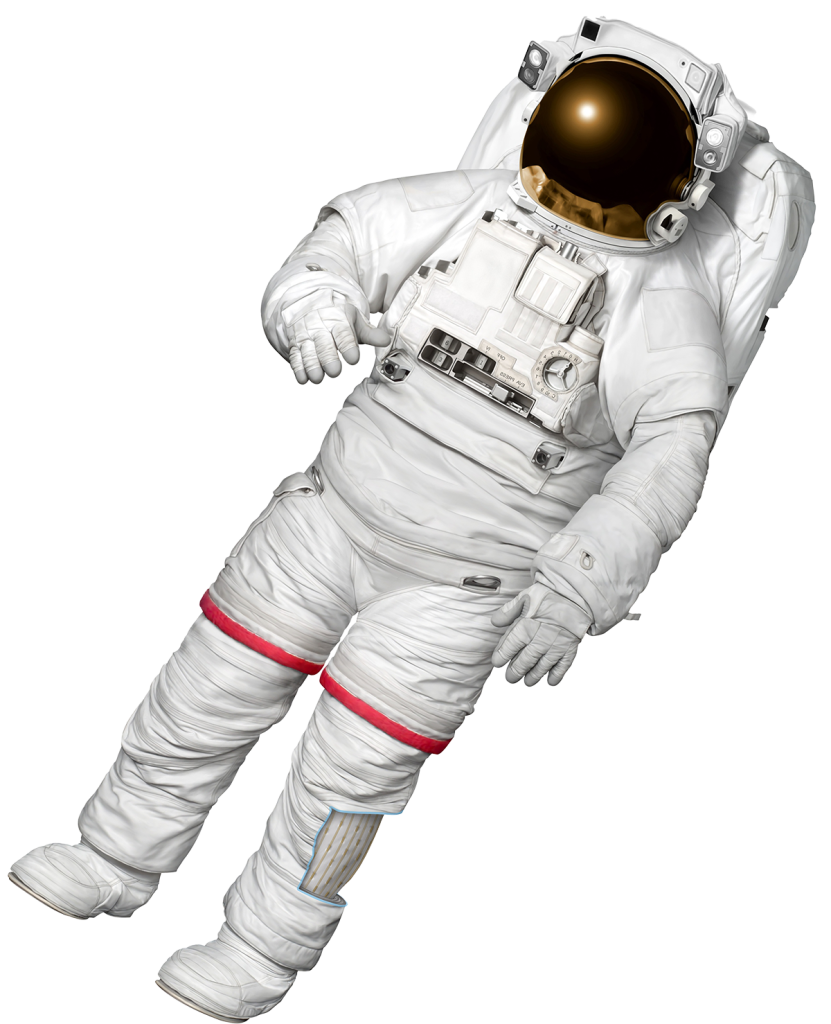
The Science Museum Group transformed the mezzanine area of their main shop into an immersive Space Shop.
To give the impression of merchandise floating in outer space, SMG needed highly detailed space imagery that was both colourful and engaging.
See their retail space below.
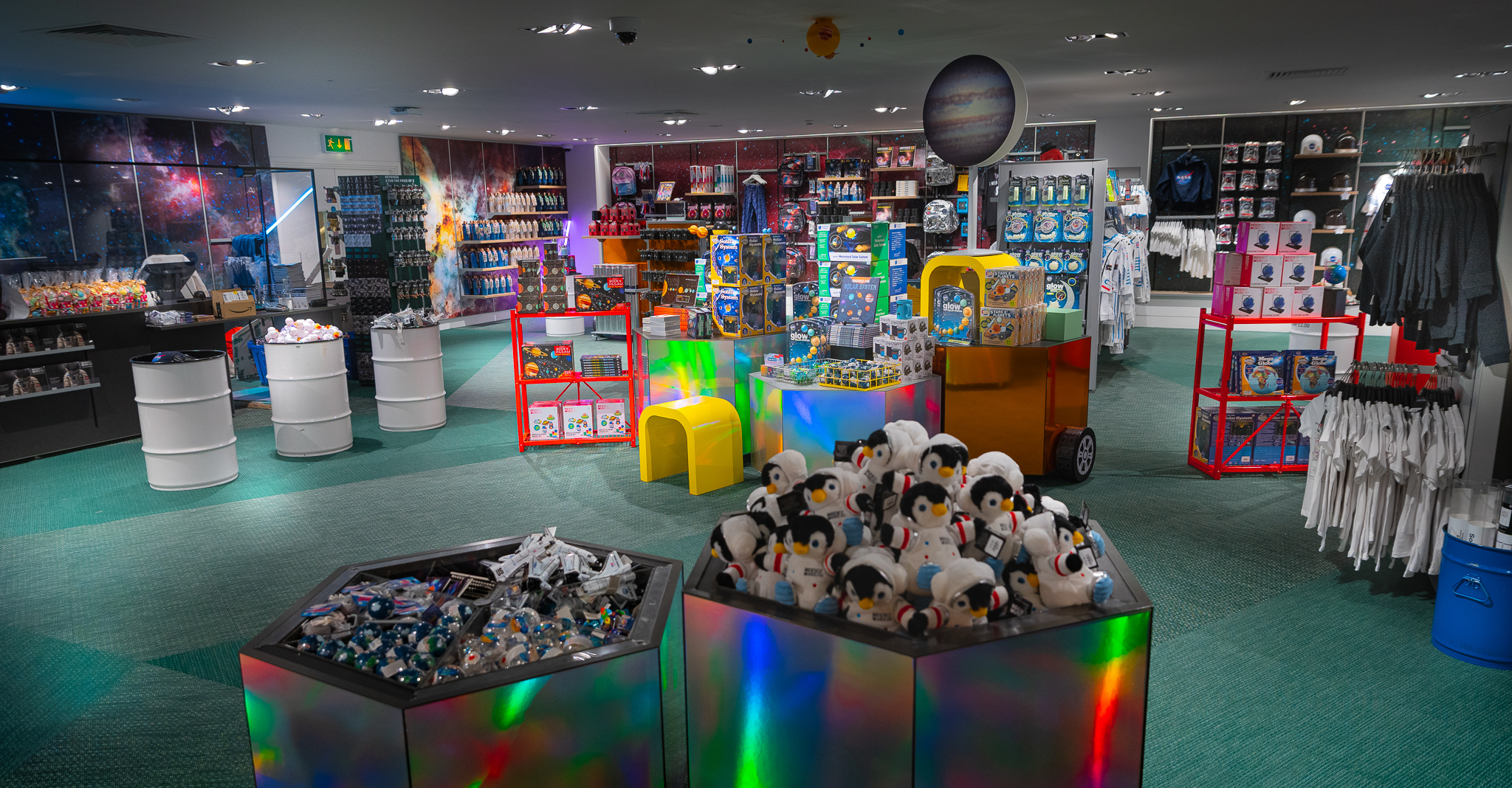

Nebula (cloud of dust) composed from data from NASA’s Spitzer Space Telescope using the Infrared Array Camera (IRAC). Colours correspond to wavelengths of light 3.6 (blue), 4.5 (green), 5.8 (orange) and 8.0 (red) microns. A second nebula is located at lower right. At left, a dark filament runs horizontally through the green cloud. A smattering of young stars (red and yellow dots) appear inside it. Known as Cepheus C, the area is a particularly dense concentration of gas and dust where infant stars form.
CREDIT: NASA
Heart Nebula. Mosaic of infrared images taken by NASA’s Wide-field Infrared Survey Explorer (WISE), showing a large star-forming nebula within the Milky Way Galaxy, called IC 1805, or the Heart Nebula. IC 1805 is over 6 thousand light-years from Earth. Also visible in this image are two nearby galaxies, Maffei 1 and Maffei 2.
CREDIT: NASA

‘The Science Museum Group worked with SPL’s research team to select a series of highest-res images from the astronomy collection, these images were then printed in large format onto adhesive vinyl, which was applied to the existing walls of the mezzanine shop.’
Sam Pilkington
Group Creative Manager
Science Museum Group




